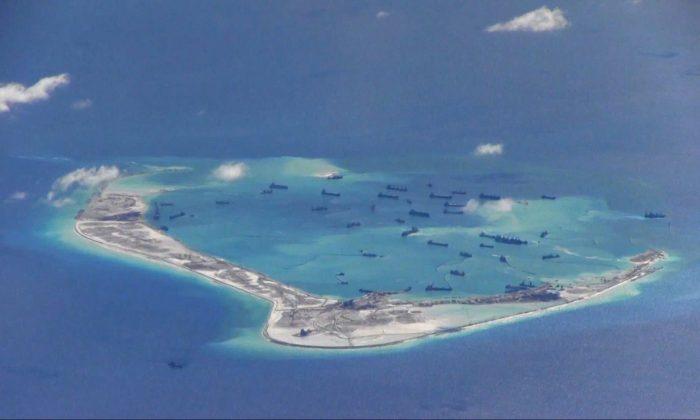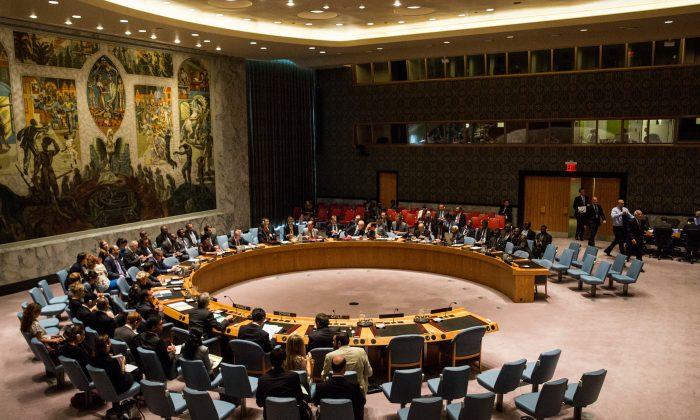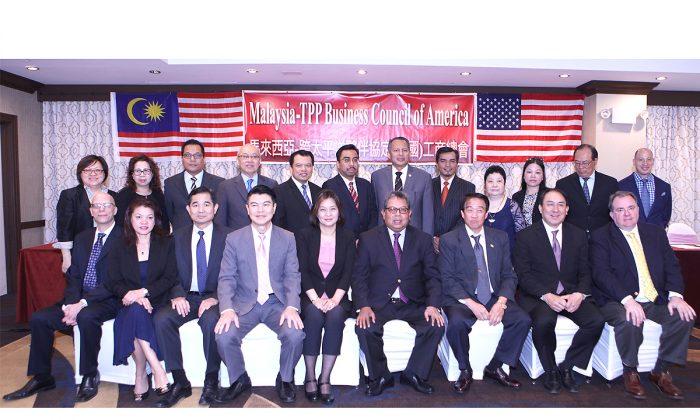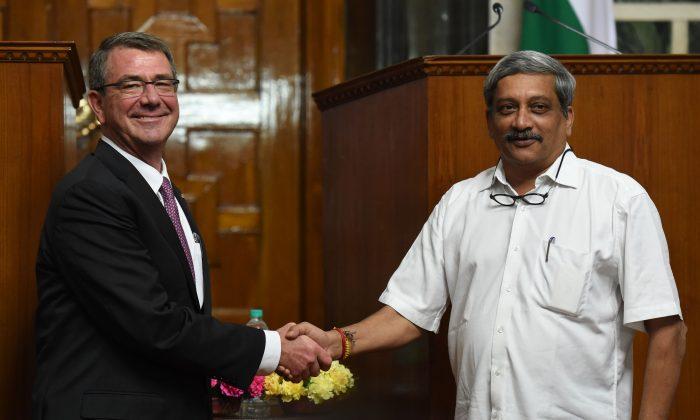If you have the ear for political sound bites, you might discern the nuances: In statements, discussions, and lectures, a number of international strategists and experts with a penchant for hyperbole have lately been describing the vast geographic expanse usually called the Asia–Pacific region as the “Indo–Pacific region.”
Such references, aimed at highlighting India’s future role in world affairs, also constitute a tacit encouragement to India to play a more assertive role, particularly in Asia, to create a balance in world affairs so that new players could be better managed.
A key player to emerge is China, whose belligerent posturing in the East and South China Seas has unnerved its neighboring countries. There is, in the East, the dispute between China and Japan over the group of islands that the Japanese call “Senkaku” and the Chinese “Diaoyu.” In the South, China has a dispute over the sovereignty of islands that are claimed by several littoral states.
These islands appear as mere strips of land surrounded by water, as is the case with the multitude of such islands that appear in the Indian Ocean stretching from India right up to Australia. However, the islands in the South China Sea are rich in minerals, and they are particularly rich in oil and gas, badly needed by energy-hungry China to fuel and sustain its industrialization and future development. China’s bellicose behavior may appear to be a case of land grabbing, but it is also aimed at getting the rich minerals that lie buried underneath the islands.
India’s leadership is incensed by the infiltration of Chinese soldiers into Indian territory in the northeast in recent months. Equally vexing for the Indians was China’s recent announcement that it would invest huge sums, running into billions of dollars, in the so-called China Pakistan Economic Corridor (CPEC) which will be used to India’s detriment.
The South China Sea presents India with an opportunity to demonstrate what Indians call a “proactive policy.” The U.S. administration has also been encouraging India to play an active role in the South China Sea. Indeed, during a recent event hosted by the Indian consul general in New York, Dnyaneshwar Mulay, U.S. officials made it clear that the United States “welcomes” India’s presence in the South China Sea, the U.S. Assistant Secretary of State for South and Central Asia Nisha Desai Biswal told me. “India has already been present in that region, as it works closely with some of the member states of the Association of Southeast Asian Nations (ASEAN),” she noted.
Remarks by Indian officials suggest that India is equally interested in increasing its presence in that region. Anil Wadhwa, the secretary (East) in India’s Ministry of External Affairs, speaking at the Delhi Dialogue VI, an annual ASEAN–India dialogue, had said that the channels of trade and communication and also the sea should be kept open, as defined in the treaty on the International Law of the Sea.
Although India has kept a somewhat low-key presence in the South China Sea, wary of spurring China to further increase its own naval operations in the Indian Ocean, the Indian navy’s first appearance in the waters in 2000 was a clear message to China that it would not hesitate to defend its energy investments in the waters near Vietnam.
Individual ASEAN member states, particularly Vietnam and the Philippines, have been discreetly encouraging India to strengthen its presence in the waters.
Both Vietnam and the Philippines have historically had an uneasy relationship with China. Indeed, the two ASEAN members have not only criticized but also taken action against China’s belligerence in the waters. While Vietnam has strengthened its naval activities to curb China’s expansionist plans, the Philippines took the matter to the U.N., much to China’s embarrassment.
China’s latest display of its military might with a massive parade to mark the end of World War II, has further unnerved the neighbors.
The Philippines, a vocal critic of China’s efforts to create a fait accompli situation in the South China Sea in its favor by seizing islets and turning isolated outcroppings into artificial islands to accommodate its military facilities, scoffed at the Chinese leadership’s recent pronouncement professing its commitment to peace, and said the latter’s display of offensive weaponry during its Sept. 3 parade belied such peaceful intentions.
Besides China, Vietnam, and the Philippines, other players claiming the islands are Brunei, Republic of China (Taiwan), and Malaysia. The main disputes center around the Spratly and Paracel islands, as also the maritime boundaries in the Gulf of Tonkin and further near the Indonesian Natuna Islands. Besides China’s claims to the islands and their huge crude oil and natural gas reserves, the neighbors also fear that China’s control of the world’s busiest shipping lanes could endanger their trade traffic; shipping traffic here is three times the volume of the Suez Canal. The Strait of Malacca is a crucial choke point for India’s sea trade.
The abundant fishing opportunities within the region are another reason for claiming the islands. China believes that the combined value of fishing and oil resources in the sea could be as much as a trillion dollars.
India, whose state-owned oil company ONGC Videsh (OVL) is already collaborating with Vietnam in parts of the South China Sea, has repeated its position that it stands for freedom of navigation on high seas, with Indian politicians urging all countries in the region to adhere to the international conventions on the law of the sea in this issue.
Terms such as the United Nations Convention on the Law of the Sea (UNCLOS) and “freedom of navigation” have crept into India’s South China Sea vocabulary. During Prime Minister Narendra Modi’s visit to Washington in 2014 and President Barack Obama’s visit to New Delhi in January 2015, these terms were included in the joint declarations issued after these visits.
If in the past India refrained from assuming any significant role in international affairs and took shelter behind the non-alignment shield, it seems to be breaking out of this shell. With its growing economic muscle, India will also be encouraged by others to play a more assertive role in the international arena, though it is unlikely to get involved in third-party armed conflict. While the idea of becoming a world policeman—or a proxy of another world policeman—is alien to India’s political culture, it will not be disinclined to playing a greater regional role. Washington will prod India to maintain a larger naval presence in the South China Sea with overt support from some ASEAN claimant members.
Manik Mehta is a New York/New Jersey-based journalist who has been covering global economics, business, and social-cultural issues for more than 20 years.




